Name Cornelia Oberlander | Role Architect | |
 | ||
Education Harvard Graduate School of Design, Smith College | ||
Cornelia oberlander describes her mother s gardening book
Cornelia Hahn Oberlander, , MBCSLA, FCSLA, FASLA, (born 20 June 1921) is a Canadian landscape architect based in Vancouver, British Columbia. During her career she has contributed to the designs of many high-profile buildings in both Canada and the United States, including the Robson Square and Law Courts Complex in Vancouver, the National Gallery of Canada, the Canadian Chancery in Washington D.C., the Library Square at the Vancouver Public Library, the Museum of Anthropology at the University of British Columbia, and Northwest Territories Legislative Assembly Building in Yellowknife. Her firm, Cornelia Hahn Oberlander Landscape Architects, was founded in 1953, when she moved to Vancouver.
Contents
- Cornelia oberlander describes her mother s gardening book
- Cornelia Hahn Oberlander at the Public Salon
- Life
- Awards and honours
- Important Works
- References
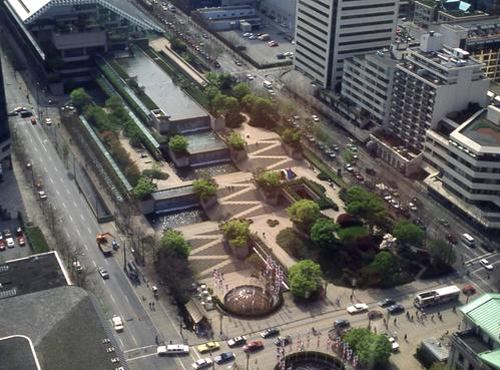
Cornelia Hahn Oberlander at the Public Salon
Life
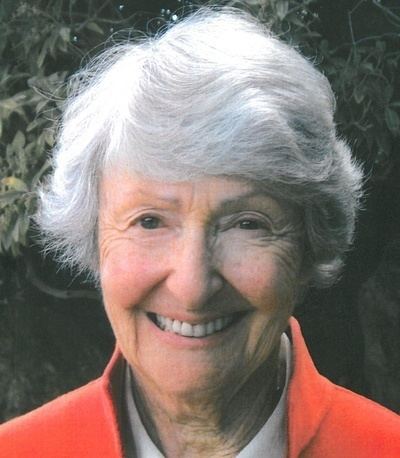
Oberlander was born at Muelheim-Ruhr, Germany, on June 20, 1921. In 1938, when she was 18, she and her sister and mother escaped Nazi persecution after the "Kristallnacht" [Night of Broken Glass] pogrom and fled to England, and then emigrated to the United States in 1939. Her mother, Beate Hahn, a horticulturist who wrote gardening books for children, fostered in her a deep love and appreciation for nature from a young age. Since she had a garden bed when she was four years old and planted peas and corn, she knew the joy of growing. In an interview with Mechtild Manus, tracing the roots of Oberlander's interests in landscape architecture, Oberlander stated "At the age of eleven...I studied a mural in the artist's studio showing the river Rhine and an imaginary town. When I asked the artist about the green spaces in this mural, she told me that these were parks. When I came home I told my mother 'I want to make parks.' From there all my education was directed towards becoming a landscape architect." Her mother had a truck farm during the war, in New Hampshire, which Oberlander worked on.
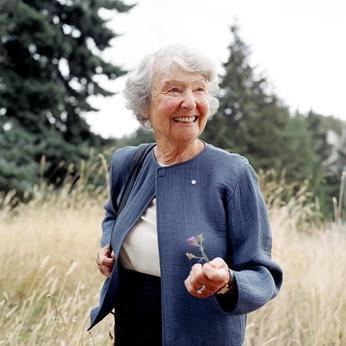
In 1944 Oberlander received a BA from Smith College, and in 1947 was among the first class of women to graduate from Harvard with a degree in landscape architecture. In her interview with Hall she states, "When I went to Smith, women who wanted to become landscape architects went to the Cambridge School, a part of Harvard University, because at that time, women could not attend Harvard. But with the war that changed, and in 1943 I was one of the very first women to be admitted to the Harvard Graduate School of Design." Her future husband, Peter Oberlander, received a PhD in regional planning from Harvard, and they met at a class picnic. They were married in 1953 and had three children. Peter Oberlander, a Canadian architect and Canada's first professor of Urban and Regional Planning, died on December 27, 2008.
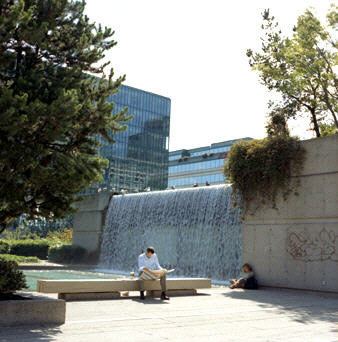
Oberlander began work with Louis Kahn and Oscar Stonorov in Philadelphia and then with landscape architect Dan Kiley in Vermont before moving with her husband in 1953 to Vancouver, where she founded a small landscape architecture firm. In Vancouver, Oberlander became interested in the modern art movement led by Bertie Binning and Ned Pratt, which combined art and architecture to address the connections between urbanism and surrounding natural settings. In 1999-2000, she contributed her expertise to the Vancouver Art Gallery's Out of This Century exhibition, guiding patrons through the selection of visual art pieces that were chosen from the gallery's permanent collection (by Oberlander and five other Vancouverites) to reflect and represent the city's art scene through the decades.
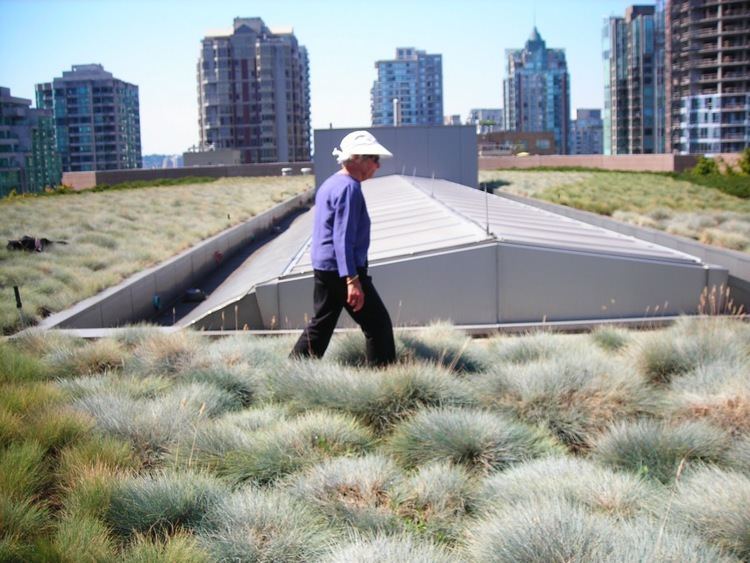
The early years of Oberlander's career were dedicated to designing landscapes for low-income housing projects and playgrounds, the most famous of which is the Canadian Government Pavilion, Children's Creative Centre & play area for Expo 67 in Montreal. Her first playground, for a 1951 public housing project for architect Louis Kahn, included a vegetable garden and a fruit tree. In public housing in Maclean Park, she designed a playground. On Skeena Terrace, on the Lougheed Highway, she included vegetable gardens.
She now practices on a more commercial scale, working with architects and other professionals from different disciplines to create aesthetic solutions for challenging projects. Before beginning a project she researches it thoroughly to ensure that her innovative schemes will also be practical and long-lasting. Oberlander always approaches a project from an environmental standpoint, stating in her Convocation Address for the acceptance of an honorary degree from Simon Fraser University:
I dream of Green Cities with Green Buildings where rural and urban activities live in harmony.[...] "Achieving a fit" between the built form and the land has been my dictum. This can only be done if all our design-related professions collaborate and thereby demonstrate co-operatively their relevance in meeting the enormous developmental challenges facing our increasingly crowded urban regions.
Her concern for the environment and for people in general is further exemplified by her involvement with the Hebrew University of Jerusalem on Mount Scopus. Oberlander and her husband, Peter, visited Israel for a congress with the International Federation of Landscape Architects in 1962. According to the Jewish Independent, the Oberlanders were in Israel to study irrigation systems but they "fell more deeply in love with the land and its people." The Oberlanders engaged in and spearheaded many activities to benefit the university from 1979 on, including: setting up a Canadian Studies Program, bringing boxes of Canadian textbooks to Israel for donation to the university, developing a botanical garden, working with a team of planners to assist the community of Ashkalon in accommodating settlers from North Africa and Georgia, and advocating the restoration of historic buildings on the campus. The Oberlanders were recently honored for their contributions by the Vancouver chapter of Canadian Friends of the Hebrew University of Jerusalem in 2004 and have visited Israel many times in their philanthropic efforts.
Oberlander has received the "rare and exceptional honour" of being elected to both the Canadian Society of Landscape Architects' College of Fellows (in 1981) and the American Society of Landscape Architects' Council of Fellows (in 1992).
Awards and honours
Oberlander is an honorary member of the Architectural Institute of British Columbia. The Canadian Centre for Architecture held an exhibition Cornelia Hahn Oberlander: Ecological Landscapes in 2006, which featured material from the Cornelia Hahn Oberlander Archive at the CCA and photographs by Etta Gerdes. She was included in Chalelaine Magazine's Women of the year: 30 Canadians who rocked 2015 listing.
Important Works
Oberlander has produced landscape designs for private residences, playgrounds, urban parks and other public spaces, as well as major projects including landscaping for:
